Sustainability and Non-Market Enterprise
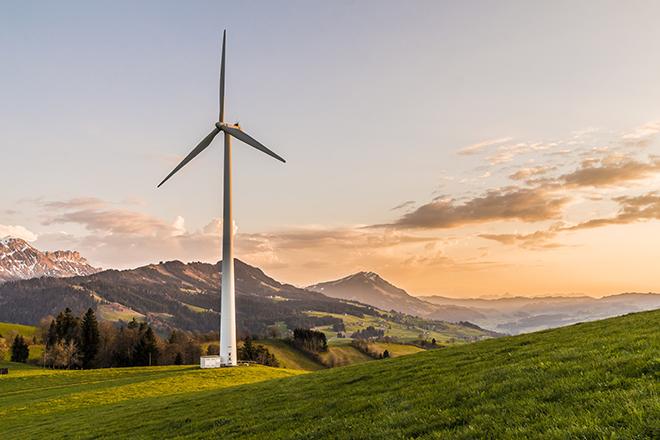
Credit: White Windmill by fxxu is licensed under CC0
Resource Description
The primary goal of this course is to provide a toolset for characterizing and strategizing how non-market forces can shape current and future renewable energy markets. The course approaches the exploration and explanation of key concepts in renewable energy and sustainability non-market strategies through evidence-based examples. Main topics for the course include: a sociological approach to markets, renewable energy markets, non-market conditions, complex systems analysis, and renewable energy technology and business environments. Because renewable energy costs are higher than fossil fuel cost per unit of energy, the main arguments in support of renewable energy, thus far, are functionally non-market in character, i.e., environmental (e.g., climate change), political (e.g., energy independence), and/ or social (e.g., good stewardship).Sustainability Driven Innovation

Credit: Light Hands Bulb Bright 911919 by Ruben Rubio licensed under CC0
Resource Description
Are you prepared to find strategic opportunities for sustainability-driven innovation within your business or organization? This engaging course will prepare you to do just that. BA 850 will give you the tools and practical experience needed to discern consumer and organizational needs related to sustainability, to create unique offerings to meet sustainability needs, and to develop innovative processes necessary to test and refine sustainable solutions.Sustainable Futures in Business: Insights from Australia and New Zealand
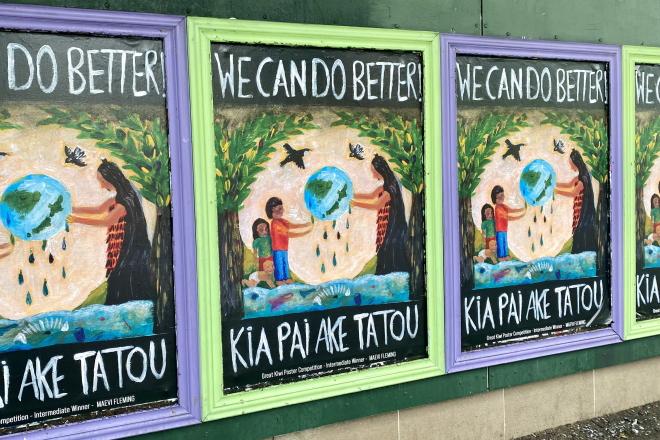
Credit: Photo by Kay DiMarco, licensed under CC BY-NC-SA 4.0
Resource Description
The saying goes “a picture is worth a thousand words.” Think of what video can do to bring a subject to life! In May 2023, a group of 20 Penn State students from multiple campuses joined Kaitlin Farnan, a business instructor at Penn State Altoona, and Annie Taylor, the senior assistant dean for distance learning in the College of Earth and Mineral Sciences, on a trip to New Zealand and Australia to learn about sustainable business practices. The itinerary included 31 hands-on experiences encompassing site visits, interviews, and service-learning projects. These experiences included visits to farms, nature preserves, eco-tourism companies, foundations, and government agencies. Students engaged with representatives from diverse businesses including the Skyrail Rainforest Cableway, Whale Watch Kiakoura, Katmandu Outdoor, Remix Plastic, the Skybury Cafe, and Greenspace Community Vertical Farming.
Techniques of Calculus, I
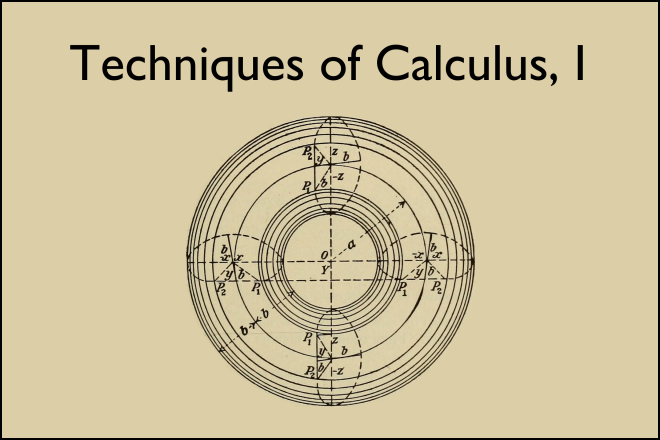
Credit: Image adapted from a figure in Applied Calculus: Principles and Applications by Robert Gibbes Thomas, public domain
Resource Description
A Jupyter notebook companion for a first course in Calculus, including a review of Precalculus concepts.
Technologies for Sustainability Systems

Credit: Group of People Inside Building by Riccardo Bresciani is free to use
Resource Description
EME 807 overviews a wide range of contemporary technologies in the context of sustainability and examines metrics for their assessment. The course explores the main principles that guide modern science and technology towards sustainable solutions. It covers such topics as resource management technologies, waste and wastewater treatment, renewable energy technologies, high performance buildings and transportation systems, application of informatics and feedback to sustainable systems, and more. Learning in EME 807 heavily relies on real-life examples and taps into current practices of technology analysis. This course goes beyond understanding the background, fostering critical thinking and challenging the students to draw connections between social, environmental, and economic aspects of sustainable technologies.Telling Our Migration Stories in Language Classrooms

Image credit: "Migratory Birds" by Didgeman is free to use (Pixabay)
Resource Description
Originally conceived for language learning classes, this 50-minute lesson and accompanying homework guides students (and teachers) towards understanding their own journeys into the present. This OER integrates reflection, discussion, and creation through multiple modes of perception (i.e., visual, auditory) and modalities (e.g., writing, speaking, and listening) and can be modified for a broad array of grammar features (e.g., case, verb conjugation, locational prepositions, expressing emotion) and target skills (e.g., pronunciation, listening comprehension), adjustable for a range of proficiencies. The lesson culminates in students creating a recording of their own migration story and uploading it into a public digital library. This OER fosters appreciation for others’ stories through personal reflections on our own, all while fusing digital humanities and language learning.
The Holocaust: Remembrance, Respect, and Resilience

Image adapted from "Tree Vector Black White" via Jing.fm, licensed under Creative Commons CC0.
Resource Description
The Holocaust is difficult to describe, hard to understand, and even more difficult to explain. It was a destructive series of events with many roots and branches, a catastrophic period of history with global and enduring consequences. Thus, the mass murder of European Jewish people is also or alternatively described by many in Hebrew as the Shoah or ‘Destruction’ by many organizations including Yad Vashem.
The Nature of Geographic Information

Credit: National Geodetic Survey
Resource Description
The Nature of Geographic Information is an orientation to the properties of geographic data and the practice of distance learning. The purpose of this course is to promote an understanding of the Geographic Information Science and Technology (GIS&T) enterprise. GIS&T is the intersection of professions, institutions, and technologies that produce geographic data and render information from it. It is a rapidly growing and evolving field. Learning is a way of life for all GIS&T professionals. With this in mind, I hope that this text may contribute to your lifelong exploration of how geospatial technologies can be used to improve the quality of life—yours and your neighbors', locally and globally, now and in the future.
This course is no longer being offered for credit and has not been updated since 2017.
Unmanned Aerial Systems
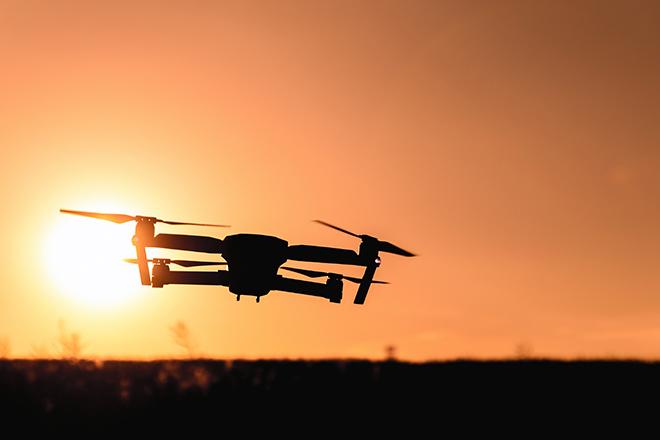
Credit: Photo by JESHOOTS.COM is licensed under CC0
Resource Description
Unmanned Aerial Systems, or drones, are developing aggressively, and many government and non-government agencies are considering acquiring such systems. This course will focus on the geo-spatial utilization of a UAS. It will cultivate students' knowledge of the capabilities and limitations of the UAS and data post-processing systems. It introduces fundamental concepts surrounding operating a UAS such as strategies for selecting the right UAS, assessing its performance, managing resulting products (i.e. imagery), selecting the appropriate commercially available processing software, assessing product accuracy, figuring ways and means of producing metric products from UAS, and understanding rules and regulations governing operating a UAS in the United States.Utility Solar Electric and Concentration
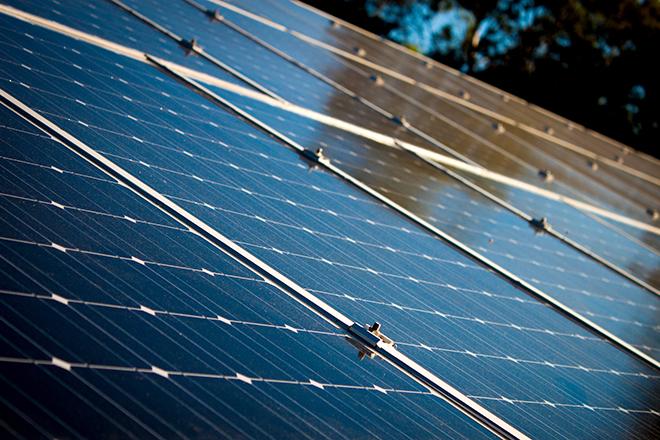
Credit: Blue Solar Panels by Carl Attard is free to use
